NANOP 2025: Functional Nanophotonics - seventh edition of the NANOP conference
After tremendous endeavors, Nanophotonics has already departed from its infancy and stepped into an exciting era, where research ideas and theoretical concepts are being vigorously transferred into functional devices and real-life applications. The seventh edition of the NANOP conference identifies the successful development of Functional Nanophotonics over the last decades as well as outlines upcoming research directions and topics, offering a vibrant platform for scientists to discuss, share, and fantasize.
